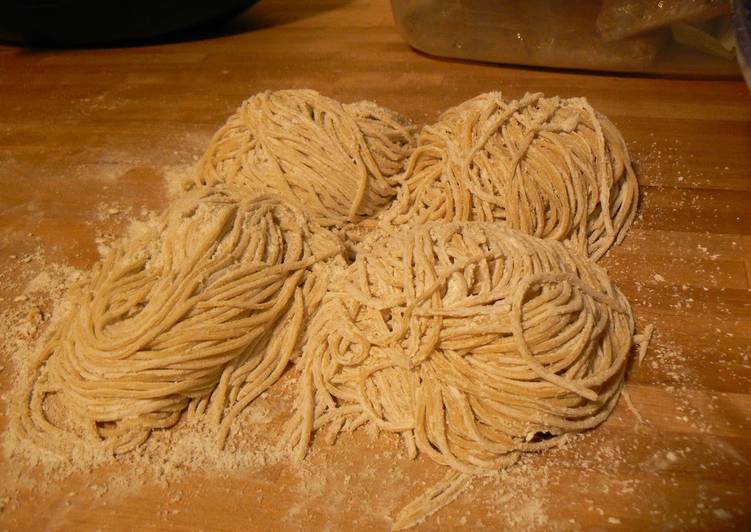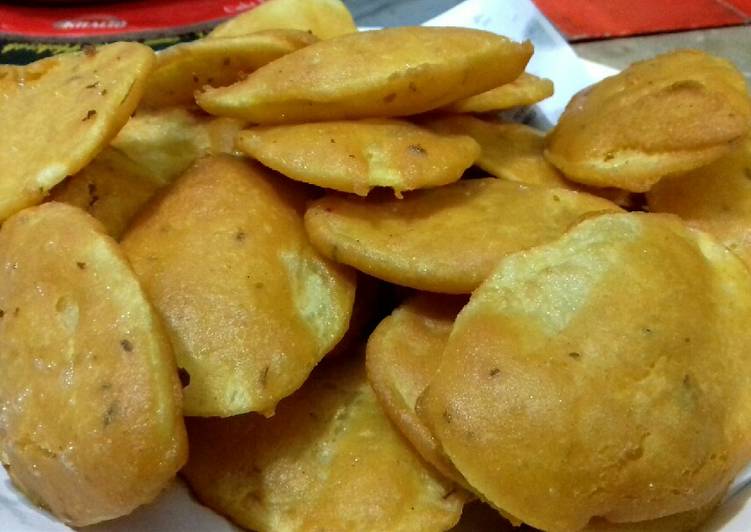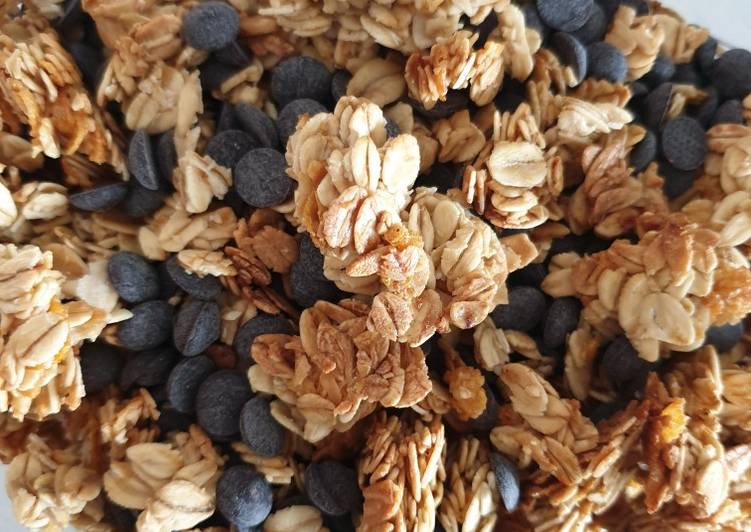
Hey everyone, hope you are having an amazing day today. Today, we’re going to make a special dish, handmade ramen noodles part 2. One of my favorites food recipes. This time, I’m gonna make it a bit unique. This is gonna smell and look delicious.
Have you ever tried these diy fixing things with ramen noodles hacks? Leave a Like if you enjoyed and watch. How to make homemade ramen noodles from scratch. These firm yellow Chinese style noodles are made with flour, kansui and water.
Handmade Ramen Noodles Part 2 is one of the most favored of current trending foods in the world. It’s simple, it is fast, it tastes delicious. It’s appreciated by millions every day. Handmade Ramen Noodles Part 2 is something which I’ve loved my whole life. They’re nice and they look wonderful.
To get started with this particular recipe, we have to prepare a few ingredients. You can cook handmade ramen noodles part 2 using 6 ingredients and 10 steps. Here is how you cook that.
The ingredients needed to make Handmade Ramen Noodles Part 2:
- Prepare 500 grams All-purpose flour
- Take 8 grams Bicarbonate of soda (baking soda)
- Take 5 grams Salt
- Get 50 grams Boiling water
- Prepare 175 grams Water (cold)
- Prepare 1 to dust Cornstarch
A pasta machine and patience are the secret to these authentic Japanese noodles. The alkaline solution called kansui is what gives ramen noodles their characteristic chewiness. Kansui is difficult to find, so we give a substitute—baking soda that is baked. We've got everything you need to improve life in the kitchen, from personalized recipe recommendations to handy planning tools and hands-on lessons.
Steps to make Handmade Ramen Noodles Part 2:
- Put the baking soda and salt in a small bowl, add boiling water and dissolve (This de-gasses the baking soda.) Add cold water and cool down until it's a bit cooler than body temperature.
- Put the all purpose flour in a large bowl, make a well in the center and add the water with salt and soda in it from Step 1. Mix with your hands until crumbly.
- It will be very dry and hard to mix to start, but keep kneading patiently and try not to add more water.
- When the dough comes together, put it in a large plastic or Ziplock bag, seal and step on it with your feet to develop the dough. (When the dough becomes flat, take it out, fold it into quarters and step on it again.)
- Repeat the stepping and folding process 3 times, and leave the dough to rest for 2 to 5 hours.
- If you have a pasta machine, set the dial to 4 or 5, and cut the dough into thin noodles. If you don't have a pasta machine, roll the dough out with a rolling pin to about 2 mm thick, and cut into 2mm noodles.
- Dust the noodles evenly with cornstarch (or katakuriko) to prevent the noodles from sticking to each other.
- If you divide the noodles into 150 to 160g portions, you'll have 5 servings exactly. If you prefer ripply noodles, squeeze the noodles well.
- Boil the noodles in plenty of boiling water, taking care not to let it boil over, for 1 and a half minutes.
- To use the noodles as tsukemen (dipped ramen), rinse well in cold water to remove surface stickiness. If you're serving the noodles hot in soup, eat right away to prevent them from becoming soggy.
Kansui is difficult to find, so we give a substitute—baking soda that is baked. We've got everything you need to improve life in the kitchen, from personalized recipe recommendations to handy planning tools and hands-on lessons. Most ramen noodles that we've tried have been too soft or flavour-less. Hence the quest for making our own. After we had blind tasted all the ramen noodles (without broth) and tallied our scores, everyone was in agreement that Ramen A was the clear winner.
So that is going to wrap this up for this special food handmade ramen noodles part 2 recipe. Thanks so much for your time. I am confident that you will make this at home. There’s gonna be interesting food at home recipes coming up. Don’t forget to bookmark this page in your browser, and share it to your family, friends and colleague. Thank you for reading. Go on get cooking!


